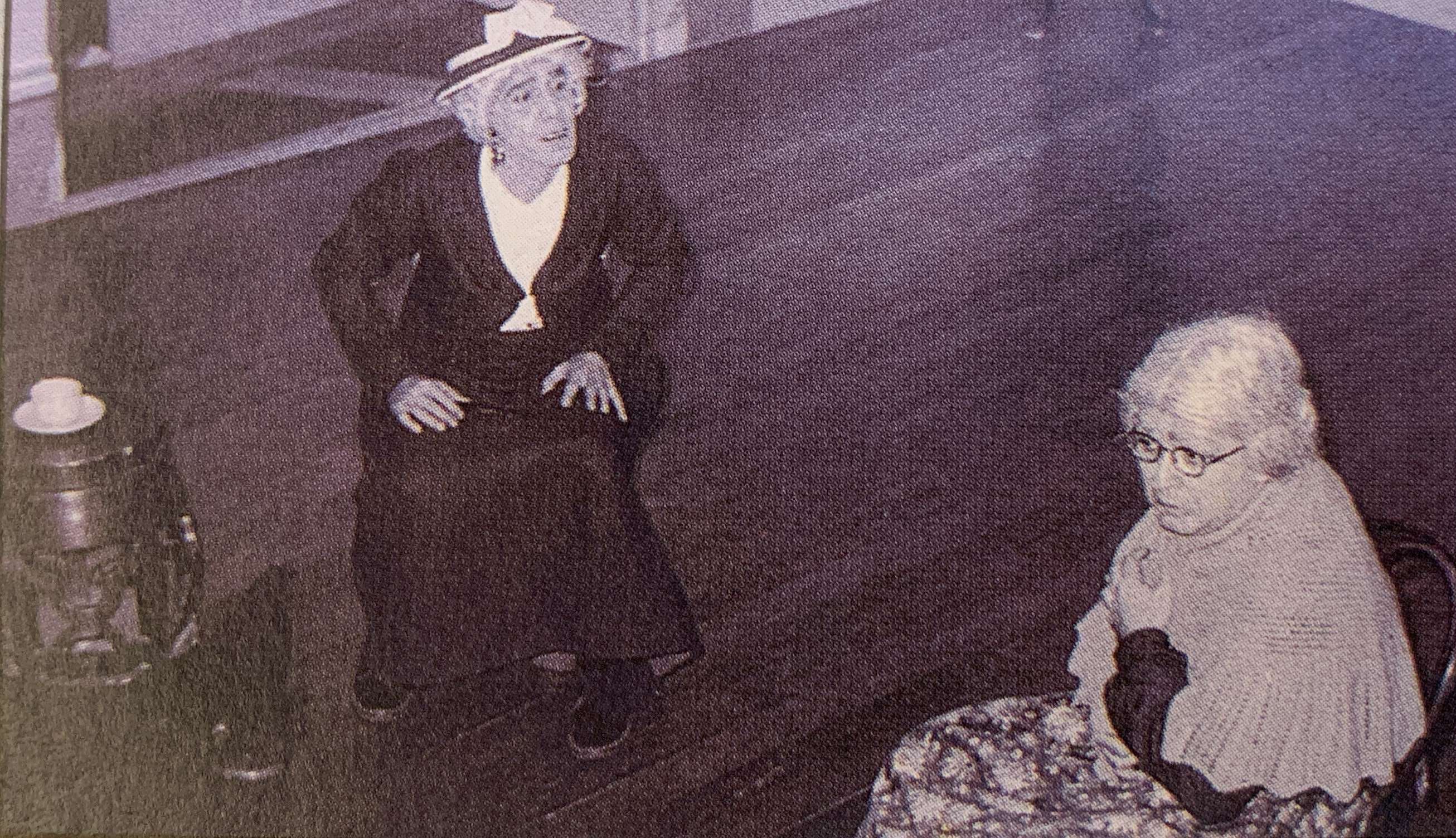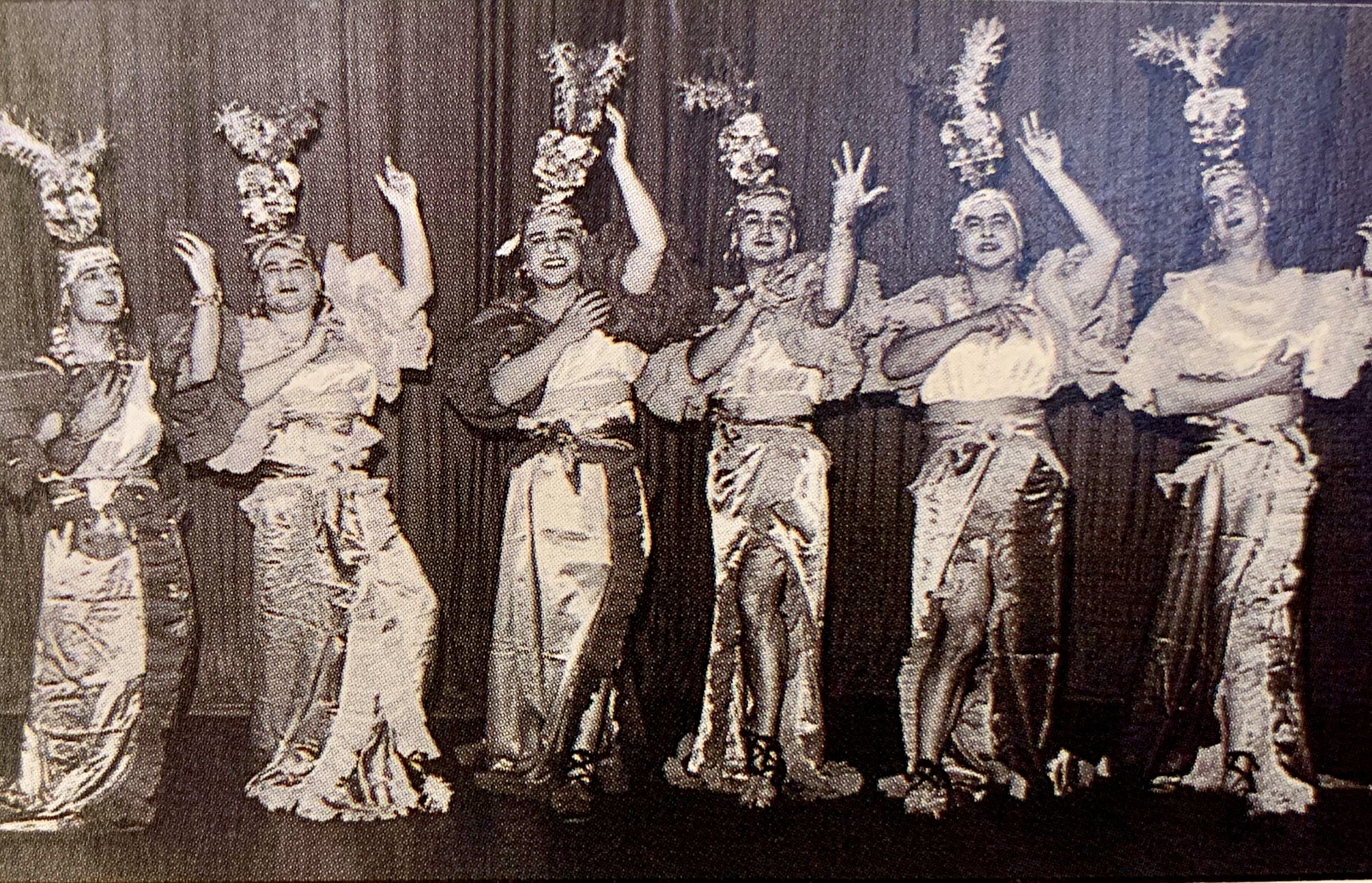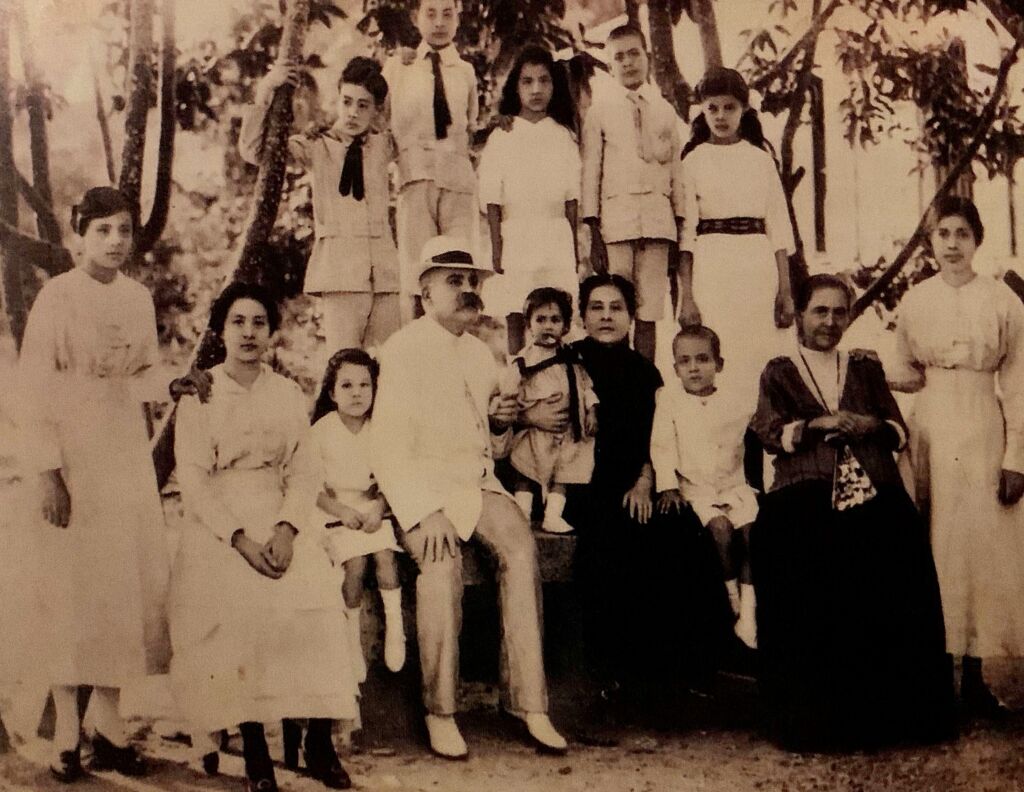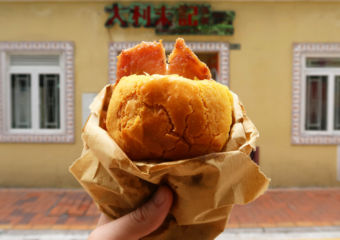Featured image: Portrait of the Macanese family Santos Ferreira, with Patuá writer Adé dos Santos Ferreira as a child, sitting on the right (1917, at the family’s country house in Mong Ha). Source: Review of Culture magazine, Edition July/September 1994
To better understand a culture, one should delve into its different facets. Here, we will highlight some things about patuá, Macau’s own creole dialect, around since the 17th century. Many clans had a combination of Chinese and Portuguese speaking members, which made communication amongst them quite difficult. This local dialect is a mix of both, with proper grammar and linguistic properties of its own that have been closely studied in recent years. Although it sounds like Portuguese, it isn’t.
“It was all related to the social context of Macau from 200 and something years ago”, says Miguel Senna Fernandes, a Macanese lawyer and writer. He believes patuá was born not so much out of necessity for a common ground of communication, but as a consequence of the sedimentation of a proper community; with its own characteristics, people, costumes and traditions, the Macanese now had its own language.
Although it was never made official or had its own grammar, patuá was the dialect spoken by most mixed local families from somewhere around the 17th century until the 20th. According to Senna Fernandes, a factor that might have contributed to the establishment of the dialect is distance. He says that, “Back then, it wasn’t as easy to travel as it is nowadays and there was no common foreign language, like English today”.

Patuá theatrical piece. Source: Cronologia da História de Macau, by Beatriz Basto da Silva
Welcoming the Mix
Speaking patuá was strongly frowned upon, especially by the upper classes. When in Macau for the Macau Literary Festival, Portuguese researcher Raul Leal Gaião reflects on the issues of speaking patuá, explaining that people who spoke it usually descended from low-class families, with scarce formal education. It was “simpler” than Portuguese and “for years, it wasn’t even considered a language”. Known as a lesser version of Portuguese, patuá was only used in the household and amongst friends and family.
As a language with no social status value, it wasn’t allowed in Portuguese schools amongst kids–which were only created in the second half of the 19th century. Until then, the only schools in the region were of religious nature and boys only. Thus, women weren’t able to attend and learn how to read or write until later that century. Miguel de Senna Fernandes tells us this policy against patuá became even stronger during the 20th century, with Macau under António Salazar’s dictatorship. “There was a strong cultural centralism and the need to erase certain (and less strong) cultural manifestations, like patuá. It’s clear that everyone was obliged to speak Portuguese. However, it kind of made sense at the time. In social and professional terms, it would be counterproductive to speak patuá because it wouldn’t lead anywhere”, he elaborates.
Made to Stay
Patuá is described mainly as an oral communication tool, with no formal grammar or proper structure, but studies found this to be untrue. It was widely spoken throughout the 19th and 20th centuries amongst family members, at home, especially when members were unable to speak in Cantonese or Portuguese.
Patuá is clearly Portuguese-based and was widely spoken amongst lower and middle-class Macanese families, mostly amongst women, at home. “Patuá is born within the community that stayed in Macau”, the ones that went on to start families locally. Senna Fernandes points out the fact that (Portuguese) men who came to Macau were usually meant to be well-travelled, know the world, and be able to communicate, thus thought to have spoken proper Portuguese. In these sexist times, women weren’t meant to be so worldly, hence, not obliged to have such a good level of Portuguese.

Patuá theatrical piece. Source: Cronologia da História de Macau, by Beatriz Basto da Silva
A Theatrical Assurance
Dóci Papiaçám di Macau is a local theater company founded 27 years ago. Macanese lawyer and community leader, Miguel de Senna Fernandes wrote a series of narratives for the company to develop on stage, entirely in patuá. However, it was Macanese writer José dos Santos Ferreira (known as Adé) who gave patuá proper orthography and grammatical structures. He was a renowned translator and poet who died before the theater became popular.
The local company performs on stage once a year, always with a full house. Dóci Papiaçám di Macau’s plays have become hugely popular amongst residents, gathering all Macanese, Portuguese and Chinese crowds in one place. Performed in patuá, with Portuguese and Chinese subtitles, it’s a must-see show when looking for something local and special. Each show caters to social or economic issues with irony and sarcasm, almost like a comedy.
Asked how the screenplays were created, Miguel de Senna Fernandes explains, “I mostly created new words. Although there are dozens of registries in patuá, they’re all from the 19th century and before, which would be impossible to use in modern plays, since we talk about current situations”. He admits he was a bit fearful at the start, to have to created new words. However, comedy and modern texts don’t work without it. “How is a language created and kept modern? By being updated, of course”.
Becoming Extinct
According to UNESCO official records, in 2000, only 50 people spoke patuá. This fact made UNESCO consider it a “critically endangered” language that should not only be preserved but studied. In truth, there are several academic institutions dwelling on this subject. One such is the University of Macau (UMAC), that has different ongoing projects on patuá, namely at the Research Centre for Luso-Asian Studies.
“Maquista Chapado: Vocabulary and Expressions in Macao’s Portuguese creole” (2004) is a patuá glossary by Senna Fernandes and Alan Baxter, a local linguist studying the dialect for decades now. They included some brand new words and expressions that even though it didn’t exist before, they believe were worth adding, for the sake of modern times.
In 2017, a UMAC students’ group presented a theatrical performance at that year’s edition of the Macau Literary Festival in patuá. The play was inspired by the British classic by Robert Wilson, “The Three Ladies of London”. Other projects include investigation on the fields of grammar and linguistics, with Raul Leal Gaião publishing a dictionary on this language; it took him eight years to complete this piece. The dictionary took upon the works of Adé, who lived in the region during the 20th century and wrote in patuá.
There are dozens of other Portuguese-based creoles, including in African countries such as Mozambique or Cape Verde, but also Malacca and some area of India such as Goa. According to some historians, some regions preserve their Portuguese-based creoles better than people in Macau do.



































